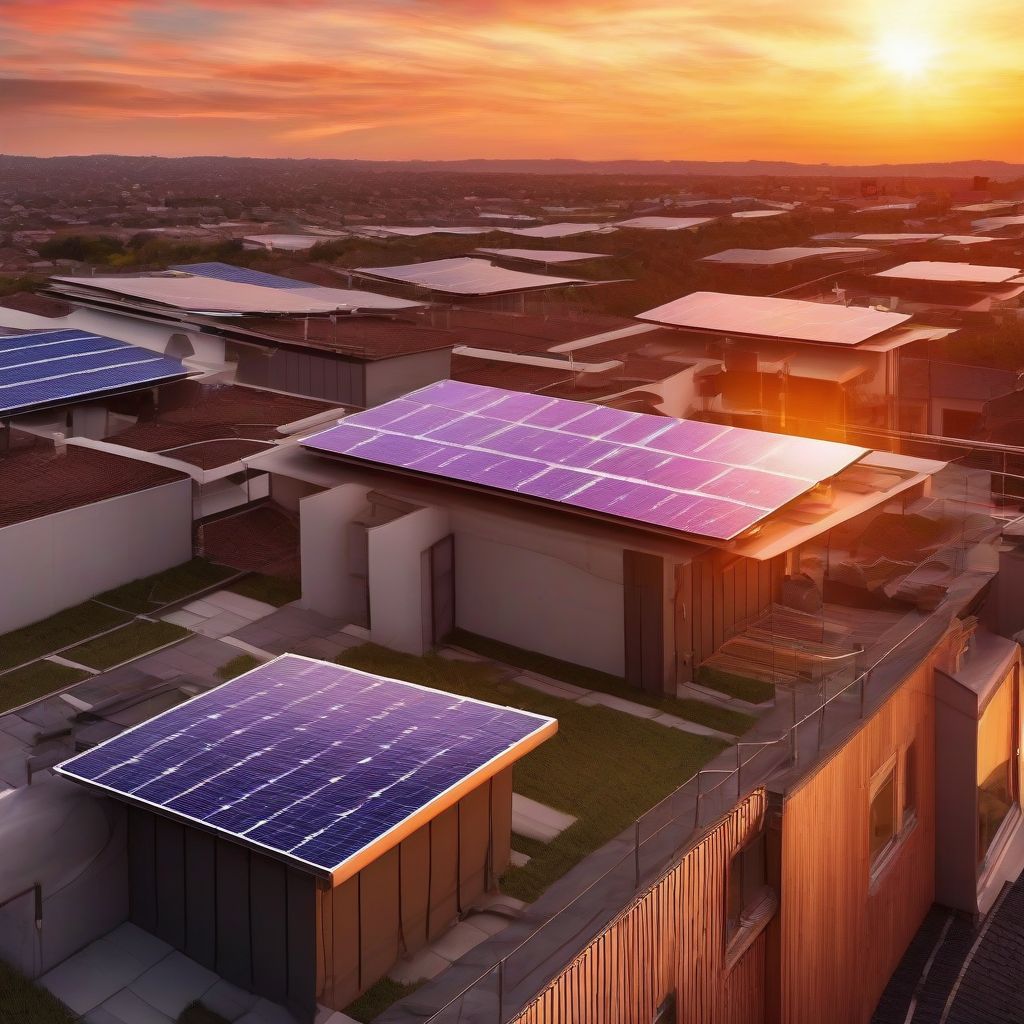Imagine a world powered by clean energy, where pollution is a distant memory and our planet thrives. This isn’t a utopian dream anymore, thanks to the rapid advancements in clean technology. Every year brings exciting new breakthroughs, pushing us closer to a sustainable future. Let’s delve into the most significant clean tech innovations of the year, exploring how they’re revolutionizing industries and reshaping our world.
Renewable Energy Revolution
Solar Power Soaring
Solar energy continues its impressive trajectory, with efficiency improvements and cost reductions making it increasingly accessible. Perovskite solar cells, offering higher efficiency and lower production costs compared to traditional silicon, are emerging as a game-changer. Furthermore, innovations in solar panel installation, including integrated solar roof tiles and building-integrated photovoltaics (BIPV), are seamlessly incorporating solar power into our everyday lives. As one expert, Dr. Emily Carter, a leading researcher in sustainable energy, stated, “Solar power’s potential is truly boundless. We’re only just beginning to scratch the surface of its capabilities.”
Wind Energy’s Ascent
Wind energy is another renewable energy source making remarkable strides. Larger, more efficient turbines, coupled with advancements in offshore wind farms, are capturing more wind power than ever before. Floating offshore wind farms, in particular, hold immense promise, unlocking access to stronger and more consistent winds further out at sea. These innovations are crucial in driving the transition to a cleaner energy mix.
 Solar Energy Advancements
Solar Energy Advancements
Energy Storage: Powering the Future
Battery Breakthroughs
Storing renewable energy efficiently is vital for a stable and reliable grid. Significant advancements in battery technology, including solid-state batteries and flow batteries, are addressing this challenge. Solid-state batteries offer higher energy density, enhanced safety, and longer lifespans, while flow batteries are ideal for large-scale energy storage, supporting grid stability and integrating renewable energy sources seamlessly.
Green Hydrogen’s Emergence
Green hydrogen, produced using renewable energy sources, is gaining traction as a versatile energy carrier. It can be used to power fuel cells, generate electricity, and decarbonize industries such as steel production and heavy transportation. Breakthroughs in electrolyzer technology are making green hydrogen production more cost-effective, paving the way for a hydrogen-powered future.
Carbon Capture and Utilization: Turning Emissions into Assets
Capturing Carbon Dioxide
Addressing existing carbon emissions is crucial in mitigating climate change. Carbon capture technologies, including direct air capture (DAC) and carbon capture, utilization, and storage (CCUS), are gaining momentum. DAC plants can remove carbon dioxide directly from the atmosphere, while CCUS captures emissions from industrial sources and either stores them underground or utilizes them to create valuable products.
Transforming Emissions into Value
Turning captured carbon dioxide into useful products is a promising area of innovation. Researchers are exploring ways to convert CO2 into fuels, building materials, and even food ingredients. This approach not only reduces greenhouse gas emissions but also creates new economic opportunities.
 Offshore Wind Turbines
Offshore Wind Turbines
Sustainable Transportation: Revolutionizing Mobility
Electric Vehicle Evolution
Electric vehicles (EVs) are becoming increasingly mainstream, with advancements in battery technology, charging infrastructure, and vehicle range driving wider adoption. Solid-state batteries are poised to further revolutionize the EV market, offering faster charging times, increased range, and improved safety.
Sustainable Aviation Fuels
The aviation industry is actively seeking sustainable solutions to reduce its environmental footprint. Sustainable aviation fuels (SAFs), derived from renewable sources such as biofuels and waste materials, are gaining traction. These fuels offer a significant reduction in greenhouse gas emissions compared to traditional jet fuel.
Smart Grids: Optimizing Energy Distribution
Intelligent Energy Management
Smart grids are transforming the way we manage and distribute electricity. These intelligent networks utilize advanced sensors, data analytics, and automation to optimize energy flow, integrate renewable energy sources, and improve grid resilience. This allows for more efficient energy use, reduced energy waste, and a more reliable electricity supply.
Grid Modernization
Modernizing existing grids is crucial for integrating renewable energy sources and supporting the growth of electric vehicles. Investments in grid infrastructure, including smart meters, advanced control systems, and energy storage solutions, are paving the way for a cleaner and more efficient energy future.
Conclusion
The biggest clean tech breakthroughs of the year are driving us towards a more sustainable future. From renewable energy advancements to innovative energy storage solutions, carbon capture technologies, and sustainable transportation options, these innovations are revolutionizing industries and reshaping our world. As we continue to invest in and develop these technologies, we move closer to a cleaner, healthier, and more sustainable planet for generations to come. What are your thoughts on these exciting advancements? Share your perspectives and ideas in the comments below, and let’s continue the conversation about building a brighter future.



